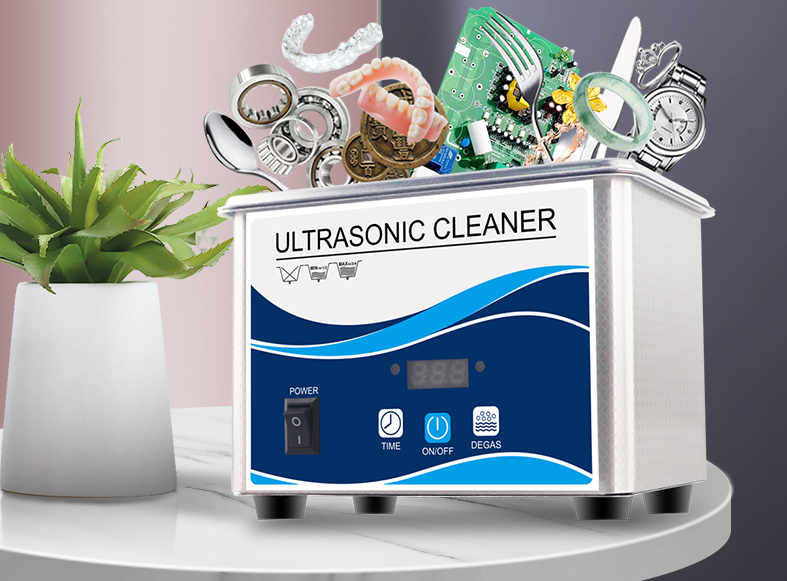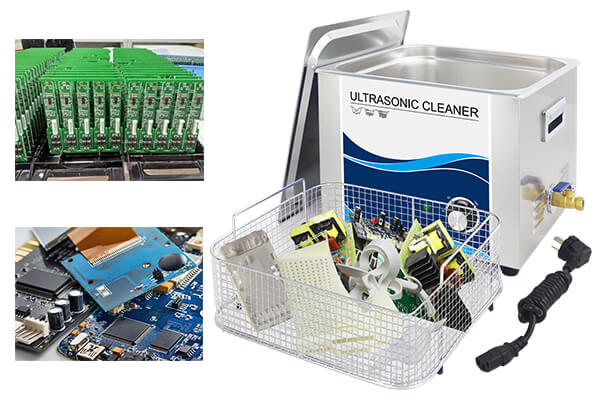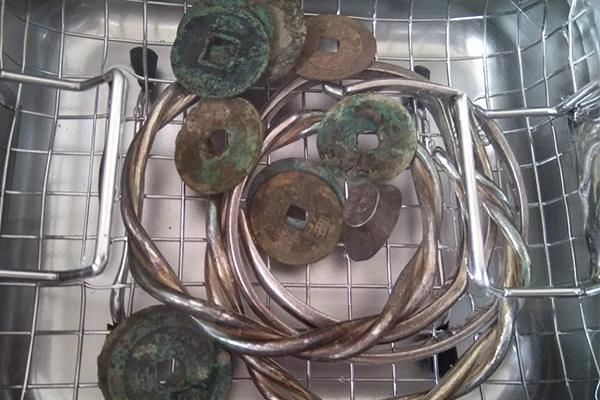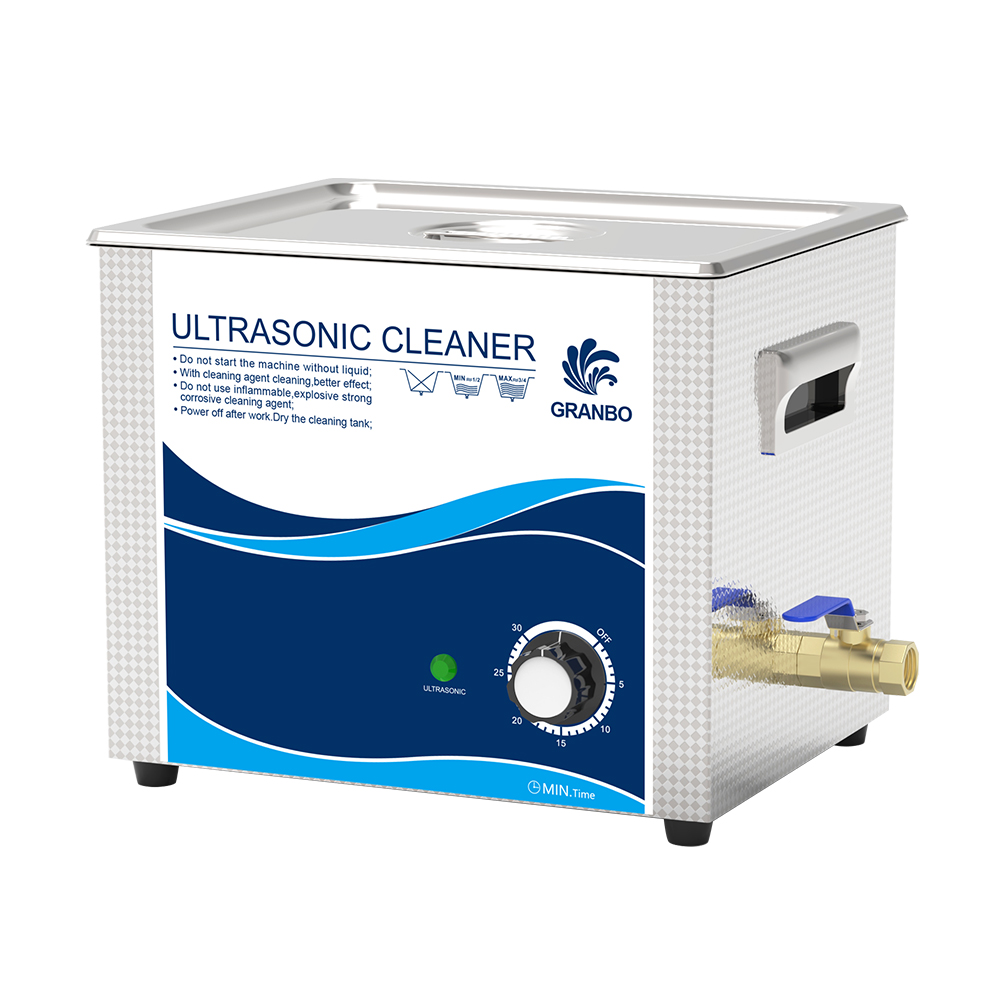Emeralds have a unique beauty that sets them apart from other gemstones. Their lush green hue, often described as rich, velvety, or even mystical, has fascinated royalty, gem collectors, and designers for centuries. Whether set in a vintage ring or a modern pendant, emeralds carry more than just monetary value—they often represent deep emotional significance.
But unlike diamonds or sapphires, emeralds are not easygoing when it comes to maintenance. They demand more care, more caution, and a better understanding of their structure. While most gemstones can be cleaned regularly and somewhat aggressively without incident, emeralds do not fit that mold.
Why? Because emeralds are often internally fractured—a natural result of how they form deep within the Earth’s crust. These fissures are part of what gives the gem its character, but they also make it delicate. That fragility is why jewelers and gemologists routinely warn against careless cleaning techniques.
So, what happens when someone tries to give their emerald a quick clean using an ultrasonic cleaner? That’s the question many jewelry owners are asking—and the answer is more nuanced than a simple yes or no.
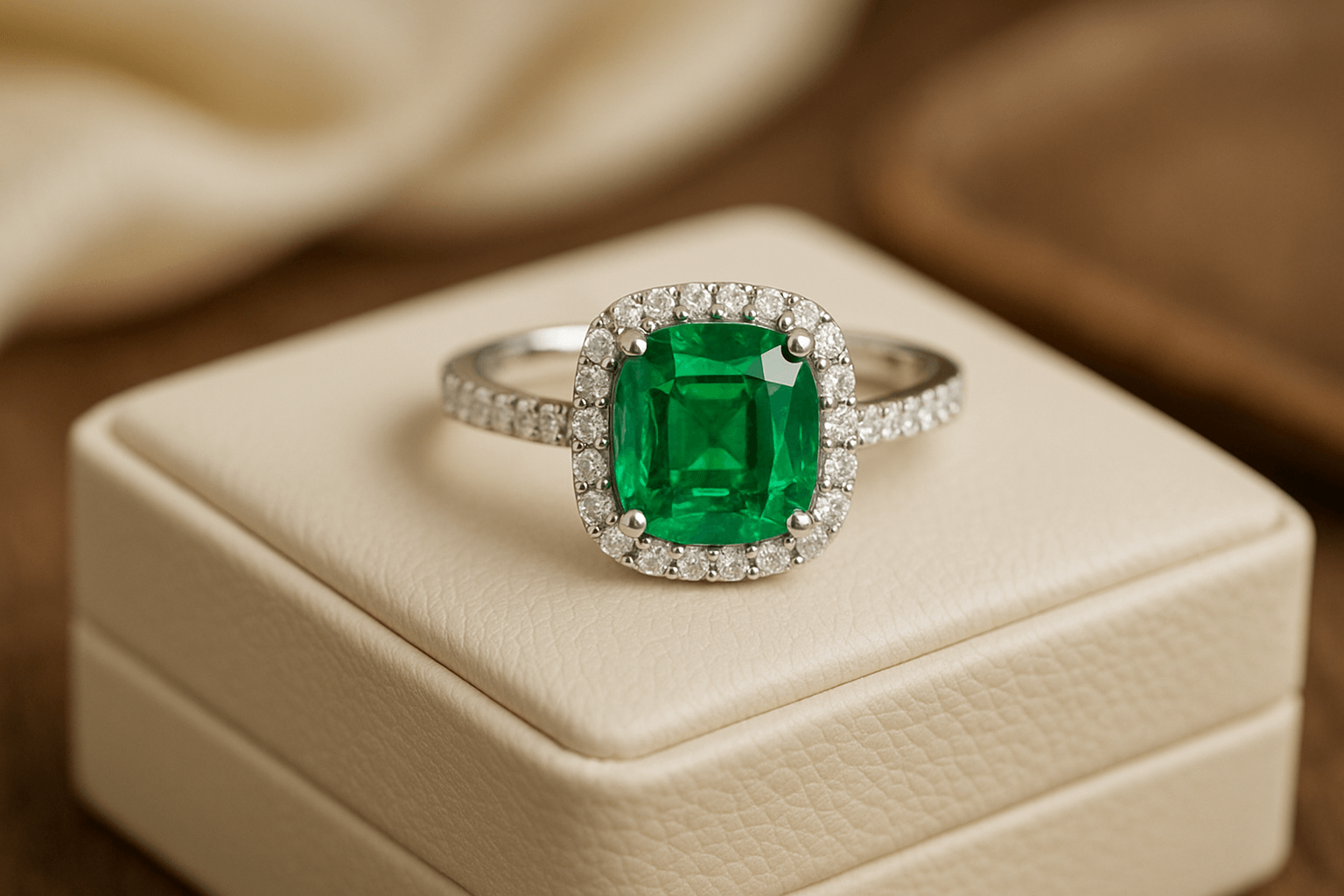
What Makes Emeralds Unique Among Gemstones
On the Mohs hardness scale, emeralds fall around 7.5 to 8, which might sound durable at first glance. But hardness isn’t the whole story. The real issue with emeralds is toughness—or rather, the lack of it.
Emeralds are part of the beryl mineral family, which also includes aquamarine and morganite. Their iconic green color comes from trace amounts of chromium and vanadium. However, their geological formation is turbulent, and as a result, they often contain inclusions, internal fractures, or surface-reaching fissures that compromise their structural integrity.
To make them more stable and visually appealing, emeralds are commonly treated with oils or resins, such as cedarwood oil, to fill in the fractures and improve clarity. This is considered a standard and accepted industry practice. In fact, most emeralds on the market today have undergone some level of clarity enhancement.
But here’s the catch: these enhancements are not permanent. The fillers used—whether natural oils or synthetic polymers—can be damaged, displaced, or removed under harsh conditions like high heat, strong solvents, or the mechanical stress caused by ultrasonic cavitation.
So while an emerald may appear beautiful and durable on the surface, its internal makeup and invisible treatments make it far more delicate than other gemstones. And that changes everything about how it should be cleaned.
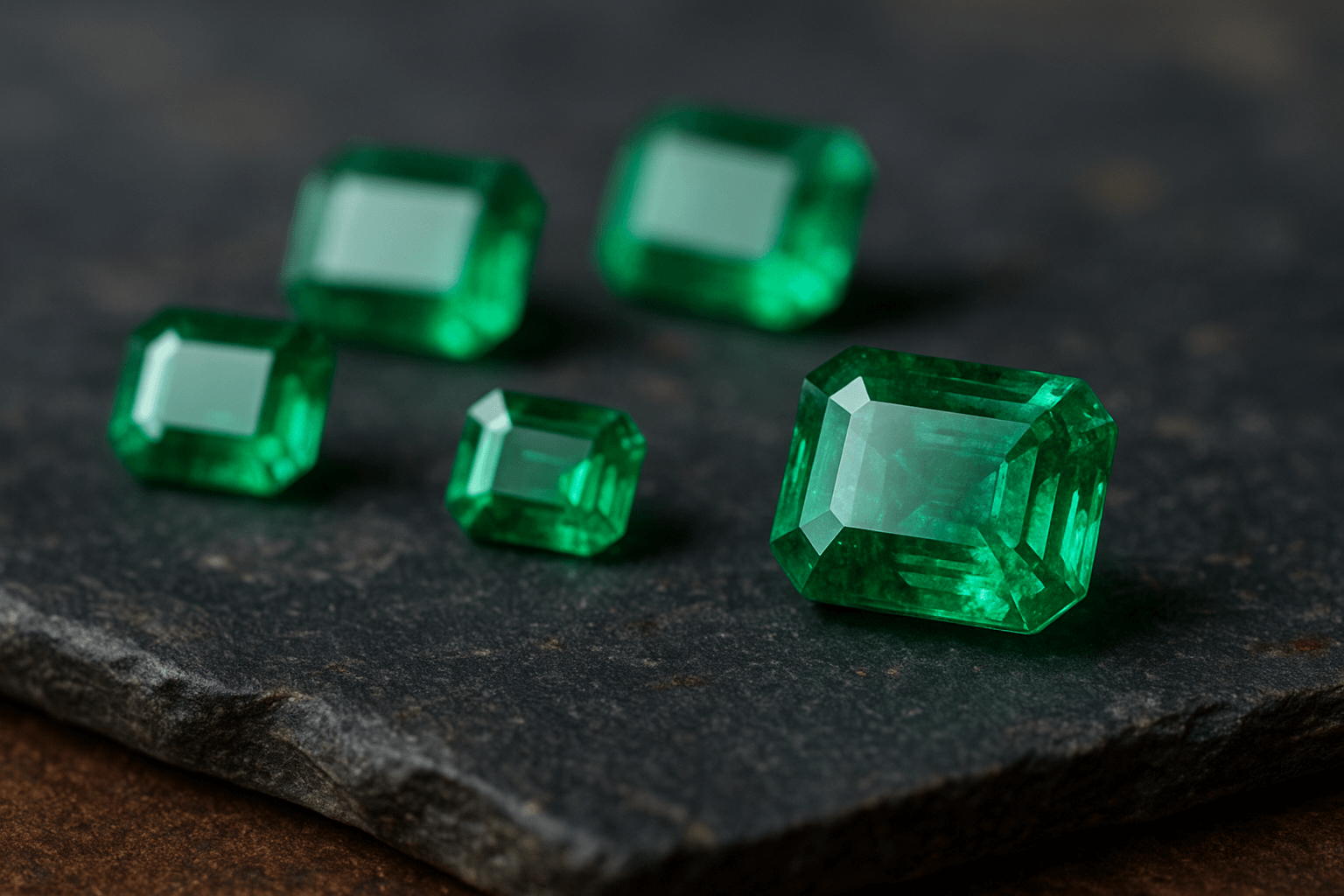
Understanding How Ultrasonic Cleaners Work
Ultrasonic cleaners are powerful tools that harness high-frequency sound waves to clean items placed in a liquid bath. The process, known as cavitation, involves the formation and implosion of microscopic bubbles. These collapsing bubbles create tiny shockwaves that loosen dirt, oil, and grime from even the most hard-to-reach places.
For solid items like coins, eyeglass frames, or metal tools, ultrasonic cleaning can be incredibly effective and safe. For hard, untreated stones like diamonds or sapphires, it’s generally safe as well—assuming they’re mounted securely and inspected for wear.
But what makes ultrasonic cleaning such a threat to emeralds is this very agitation force. The repeated pressure from cavitation can cause fissures in emeralds to spread. Even worse, if the emerald has been treated with oils or resins (as most are), these fillers can be leached out, leaving behind visible voids, cloudy areas, or even making the stone appear cracked.
The temperature of the cleaning solution also plays a role. Some ultrasonic units heat the cleaning liquid to improve degreasing efficiency. But elevated temperatures further increase the risk of damaging emeralds, especially those that are already vulnerable due to internal fractures or treatments.
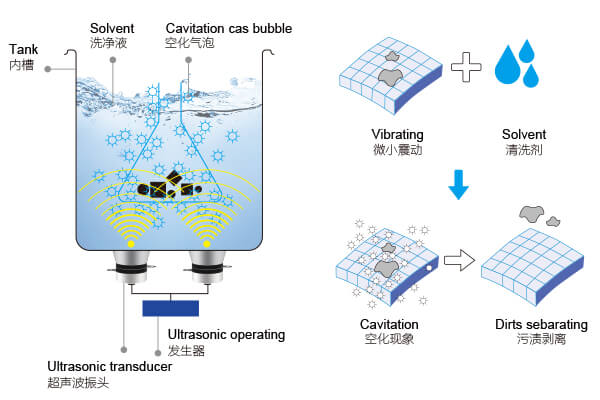
This is why ultrasonic cleaners are not just not recommended—they’re strongly discouraged for emeralds by nearly all reputable gemological institutions.
Are Emeralds Safe in Ultrasonic Cleaners?
The short answer is no—but the full answer involves several layers. According to the Gemological Institute of America (GIA), ultrasonic cleaning should never be used on emeralds, regardless of whether they are set in a ring, pendant, bracelet, or earrings. Source:https://www.gia.edu/emerald-care-cleaning
The American Gem Trade Association (AGTA) offers similar advice. In their published gemstone treatment and care guidelines, emeralds are categorized as unsuitable for ultrasonic cleaning due to their high likelihood of being clarity-enhanced with filler materials that can be displaced.
Even the International Gem Society (IGS), which provides comprehensive gemstone education, warns that ultrasonic cleaners can cause irreversible damage to emeralds, even if they seem clear and sturdy on the outside.
Some jewelers report having seen emeralds literally fall apart under ultrasonic exposure—fillings leaking out, fractures widening, or entire sections of the stone breaking off. While these cases are extreme, they highlight the potential risk and the importance of knowing your gem before choosing how to clean it.
Emeralds, in short, are one of the very few gemstones that should almost never go near an ultrasonic bath—no matter how careful or well-intentioned the cleaning effort may be.
Treated vs. Untreated Emeralds: What You Need to Know
Understanding the treatment status of an emerald is essential before deciding how to clean it. While the idea of a “natural” emerald might conjure up images of unaltered beauty, the reality is more complex. Most emeralds on the market today are treated, particularly those used in consumer jewelry.
The most common treatment is clarity enhancement through oiling, usually with cedarwood oil. This process fills tiny surface-reaching fractures with a colorless substance, improving transparency and appearance. The treatment is considered both standard and accepted within the gem industry. In fact, many emeralds are routinely re-oiled during their lifetime as part of maintenance.
Some emeralds, especially those from high-end sources like Colombia, may be treated with synthetic resins such as Opticon or polymers, which last longer than natural oils but still remain vulnerable to certain cleaning processes.
Why does this matter? Because ultrasonic cavitation can disturb or even remove these treatments. When ultrasonic waves create microbubbles that implode near the surface of the gem, the energy released is enough to dislodge filler material. Once this happens, fractures reappear, and the gem can become visibly cloudy or cracked.
Untreated emeralds—those without clarity enhancements—are extremely rare and tend to be sold at a significant premium. Even then, untreated emeralds still possess the same natural fissures that make them susceptible to mechanical shock. That means even if your emerald has never been treated, ultrasonic cleaning can still cause real damage.
So unless you’re absolutely certain of your stone’s treatment status—and even then—you’re better off assuming it should not go into an ultrasonic cleaner.
Common Damage Caused by Ultrasonic Cleaning on Emeralds
It only takes a few minutes in an ultrasonic bath to ruin an emerald—especially one that has been treated, worn frequently, or mounted in a less secure setting. Jewelers and repair specialists report a range of damage scenarios linked to ultrasonic exposure:
- Filler displacement: The most common issue is the leaching of cedarwood oil or synthetic resins from surface fractures. This leaves behind white or cloudy areas that were previously invisible.
- Crack propagation: Internal stress caused by ultrasonic cavitation can worsen existing fissures, sometimes leading to visible cracking across the crown or pavilion of the gem.
- Surface chipping: Vibrations, especially when paired with heated solution, can create enough movement in the setting that corners or edges chip, particularly in emeralds cut with sharp facets.
- Complete breakage: In rare but dramatic cases, ultrasonic energy has caused emeralds to fracture so severely that the gem splits or crumbles—especially if it was previously weakened by multiple fillings or temperature swings.
These are not isolated incidents. Restoration experts regularly handle damaged emeralds brought in after an owner “just wanted to give it a quick clean.” Many of these cases are irreversible, and even when repairable, restoration often results in additional treatment—such as re-oiling—or a visible downgrade in the stone’s clarity or value.
In contrast, gentle hand-cleaning methods rarely produce such harm, which is why most professionals strongly advise against ultrasonic exposure for emeralds in any form.
Jewelry Settings Matter: Prong Types and Mounts
Another often-overlooked factor when cleaning emeralds is the type of jewelry setting used. The way an emerald is mounted can either minimize or amplify risk during cleaning.
For example, an emerald set in a bezel setting—where the stone is enclosed completely by metal—is generally more stable than one held in delicate prongs, especially those that are worn or thin. But ultrasonic vibrations affect not only the gemstone, but also the entire mount.
Vibrations can cause loose stones to rattle, and if prongs are weak or misaligned, the stone may shift or even fall out. In cases where the emerald is glued in place—common in costume jewelry or older pieces—the ultrasonic energy may soften or break down the adhesive, resulting in the stone falling off.
Vintage and antique emerald jewelry is especially vulnerable. These pieces often feature intricate, hand-made settings that have aged over decades. Metal fatigue, micro-corrosion, or outdated repair work can all make them ill-suited for ultrasonic exposure. The result: even a short cleaning cycle could result in lost stones, bent prongs, or structural damage.
It’s also worth noting that some emeralds are set alongside other gems, such as diamonds or sapphires. While these harder stones might survive ultrasonic cleaning, placing mixed-gem jewelry in a bath can still result in emerald-specific damage or in uneven cleaning performance.
The safest approach is to always inspect the entire piece, not just the stone, before attempting any form of automated or mechanical cleaning.
Professional Recommendations: What Experts Say
The consensus across the jewelry and gemological industry is clear: do not clean emeralds in ultrasonic cleaners. That position is backed by both experience and research.
The Gemological Institute of America (GIA) explicitly warns that ultrasonic cleaning can dislodge oils and resins used to enhance emerald clarity, often resulting in visible fractures or cloudiness. Their care guidelines for emeralds recommend manual cleaning with warm water, mild soap, and a soft brush only.
Source: https://www.gia.edu/emerald-care-cleaning
The American Gem Trade Association (AGTA) classifies emeralds as a “Type III” gemstone, meaning they are expected to contain significant inclusions and are likely to be treated. For this reason, they are not considered safe for ultrasonic or steam cleaning.
According to the International Gem Society (IGS), ultrasonic cleaning can be “disastrous” for emeralds, particularly those with extensive internal fractures or any history of oiling. IGS notes that many damaged stones brought in for restoration have suffered from poor cleaning decisions, not wear and tear.
And among independent jewelers, the rule is nearly universal: emeralds get the gentle treatment. At most, some professionals will use ultrasonic cleaning only on emeralds they have personally inspected, verified as untreated, and securely mounted—and even then, only at low power settings for short durations.
Across the board, experts agree that manual cleaning remains the gold standard for emeralds—and ultrasonic use should be strictly avoided in most cases.
Safer Alternatives to Ultrasonic Cleaning for Emeralds
Given the risks, many emerald owners ask: If not ultrasonic, then how? Thankfully, there are multiple safer alternatives that preserve the stone’s integrity and beauty without exposing it to aggressive vibration or high heat.
The most recommended method by professionals and gemological institutes is gentle hand cleaning using lukewarm water, a few drops of mild soap, and a soft cloth or brush. This method is not only safe—it’s surprisingly effective when done correctly.
Professional jewelers often combine manual brushing with steam or ionic cleaning, but only after confirming that the emerald is strong enough and the setting secure. Some also use ultrasonic-mimicking devices that generate extremely mild vibration or gentle wave motion—but these are typically lab-grade tools used under expert supervision.
The key principle is: less is more. The goal is not to blast the emerald clean but to loosen and lift away dirt gently, with as little force as possible.
How to Clean Emerald Jewelry at Home (Step-by-Step)
If you’re looking to clean your emerald jewelry at home without risking damage, follow this safe, expert-backed process:
Step 1: Prepare your workspace.
Use a clean bowl or small container. Avoid sinks or areas where the jewelry could fall and be lost. Lay down a soft towel to protect the piece from impact if dropped.
Step 2: Create a mild solution.
Fill the container with lukewarm water—not hot—and add a drop or two of gentle dish soap (preferably phosphate-free). Avoid using ammonia-based cleaners or jewelry dips.
Step 3: Let the piece soak.
Place the emerald jewelry in the solution and let it soak for 1 to 2 minutes. Do not exceed 5 minutes, especially if the piece has been worn frequently or is vintage.
Step 4: Gently brush.
Using a soft-bristled toothbrush or an infant toothbrush, gently scrub the surface of the gem and its setting. Focus on removing oils and grime near the prongs and back of the stone. Avoid pressing hard or brushing aggressively.
Step 5: Rinse thoroughly.
Use a second bowl of clean lukewarm water to rinse away soap residue. Do not rinse under a faucet, as stones can come loose without warning and fall down the drain.
Step 6: Dry carefully.
Pat dry with a lint-free microfiber cloth, avoiding paper towels or rough fabrics. Let the piece air-dry fully before storing or wearing it.
Step 7: Inspect under light.
Look at the emerald under a bright lamp. If you notice cloudiness or cracks that weren’t there before, stop using the piece and take it to a jeweler for evaluation.
This method ensures minimal stress on both the emerald and its setting, while still providing a clean, refreshed appearance.
Can You Ever Use Ultrasonic Cleaners on Emeralds?
There are rare cases where ultrasonic cleaning might be used on emeralds—but they are the exception, not the rule.
In highly controlled environments, some gem laboratories or high-end jewelers may use ultrasonic cleaners on emeralds that are:
- Untreated and confirmed via gemological testing
- Relatively inclusion-free, with few internal fractures
- Mounted in reinforced, modern settings
- Cleaned at high frequency, low power, and very short cycle durations, as lower frequencies are more aggressive and increase the risk of internal damage.
Even in these cases, a full risk assessment is done beforehand, and the cleaning is carried out under strict supervision. These emeralds are typically extremely high-quality and command prices that justify lab-based care.
For everyday jewelry owners, this level of testing and expertise isn’t practical. And that’s why the safest course is to err on the side of caution—assume your emerald is treated and fragile, and avoid ultrasonic cleaning entirely.
Choosing the Right Jewelry Cleaner for Emeralds
If you’re committed to safe jewelry cleaning at home but want more than just soap and water, there are specialized cleaning tools designed with emeralds and other soft gemstones in mind.
- Ionic Cleaners: These use a low-voltage current to attract dirt particles off jewelry. They are gentler than ultrasonic devices and are often marketed as safe for treated stones. However, they still require a secure setting and shouldn’t be used on cracked or antique emeralds.
- Steam Cleaners: Professional-grade units deliver pressurized steam to blast away grime. While safer than ultrasonics in some contexts, steam can still heat the emerald and damage treatments. Only recommended under expert supervision.
- Jewelry Cleaning Pens: These are pre-filled with a gentle, pH-balanced solution and include a built-in brush. They’re great for spot-cleaning around settings and are generally safe for emeralds.
- Non-ultrasonic Jewelry Baths: Some brands offer small plug-in or battery-operated jewelry baths that vibrate water slightly but do not use ultrasonic frequencies. These can offer a modest level of enhancement but should still be used cautiously.
Always check the manufacturer’s gemstone compatibility list before using any electronic cleaner. And if the product warns against emeralds—take that seriously.
Mistakes to Avoid When Cleaning Emeralds
Caring for emerald jewelry isn’t difficult, but small mistakes can have lasting consequences. Many owners, unaware of their gem’s delicacy, unknowingly expose it to risks that could ruin its value—or worse, the stone itself.
One of the most common mistakes is using commercial jewelry dips or cleaning solutions without checking the label. Many over-the-counter cleaners contain ammonia, alcohol, or strong solvents that can strip oils from treated emeralds or seep into fractures and cause discoloration.
Another misstep is cleaning emerald jewelry together with other pieces in the same bowl, brush, or cloth. Diamonds, for example, are harder than emeralds and can scratch them with light contact. Even rubbing one ring against another during cleaning can create hairline scratches invisible at first—but devastating over time.
Also dangerous is the assumption that emeralds are as tough as they are hard. The Mohs scale measures scratch resistance, not breakage. That’s why many people assume that because an emerald ranks 7.5 to 8, it can handle aggressive treatment. In reality, their brittle structure and internal fissures make them one of the most fragile high-value gemstones.
Lastly, trusting the setting alone can be misleading. Just because a stone is mounted in a secure-looking ring doesn’t mean the gemstone itself is stable. Ultrasonic cleaning may not visibly damage the mount—but it can silently destroy the stone inside it.
Long-Term Care Tips for Emerald Jewelry Owners
Emeralds can remain beautiful for decades—if cared for properly. Whether you’re wearing an emerald ring daily or storing a pendant for special occasions, adopting a long-term mindset ensures the gem stays brilliant and intact.
Avoid direct impact. Emeralds chip more easily than you think, especially along facet edges and corners. Don’t wear them while working with tools, lifting heavy objects, or engaging in physical activity.
Keep them away from heat and chemicals. Don’t wear emerald jewelry in the shower, hot tub, or while cleaning with bleach or vinegar-based products. Sudden temperature shifts or exposure to acids can destroy fillers and stress the stone.
Store them separately. Use a fabric-lined box with individual compartments. If that’s not available, wrap each piece in a soft cloth or pouch. Never toss emerald jewelry into a shared container with harder gems or loose metal pieces.
Clean sparingly and gently. Only clean emeralds when they appear dull or oily—not routinely. Gentle hand-cleaning is always better than aggressive intervention.
Have your jewelry inspected once a year. A qualified jeweler can assess whether prongs have weakened, stones have shifted, or oils need refreshing. Emeralds that receive occasional re-oiling can maintain their brilliance without risk of sudden failure.
Ultimately, the more you treat emeralds like the living history they are, the longer they’ll reward you with vibrant color and elegant glow.
Final Thoughts
Emeralds are captivating, valuable, and uniquely beautiful—but they’re also complex and delicate. Ultrasonic cleaners, while excellent for many types of jewelry, simply aren’t compatible with the structure and treatment history of most emeralds.
The high-frequency energy that cleans diamonds so effectively can irreparably damage emeralds, dislodge fillings, or magnify microscopic flaws. Even the most well-meaning cleaning attempt can lead to cracks, cloudiness, or a loss of clarity that no polish can undo.
That doesn’t mean emeralds are difficult to maintain. With a bit of care, some gentle cleaning habits, and periodic inspections from a trusted jeweler, emerald jewelry can last for generations.
If you’re serious about jewelry care, owning an ultrasonic cleaner can be a fantastic investment—for diamonds, gold, silver, and certain rubies and sapphires. But when it comes to emeralds, leave the cavitation behind and let soft hands and soapy water do the work.

